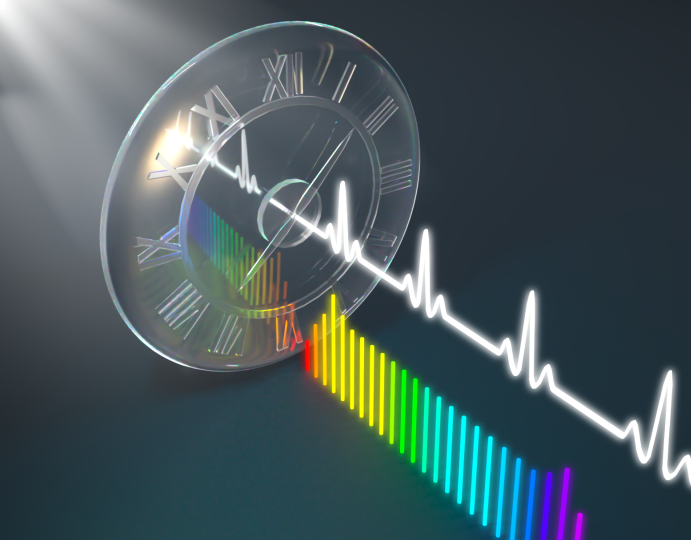
Astronomers have recently found hundreds of “polluted” white dwarf stars in our home galaxy, the Milky Way. These are white dwarfs caught actively consuming planets in their orbit. They are a valuable resource for studying the interiors of these distant, demolished planets. They are also difficult to find.
Historically, astronomers have had to manually review mountains of survey data for signs of these stars. Follow-up observations would then prove or refute their suspicions.
By using a novel form of artificial intelligence, called manifold learning, a team led by University of Texas at Austin graduate student Malia Kao has accelerated the process, leading to a 99% success rate in identification...
Read More









Recent Comments